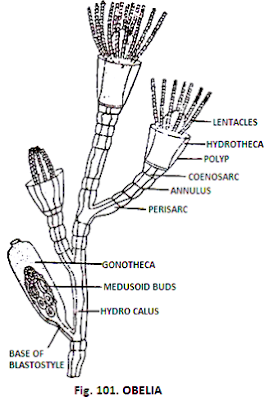Biology 12th class Question Bank

Sheet 1 What do you mean by spermetogenesis ? explain the whole process of Spermetogenesis . Describe oogenesis . Explain the process of megasporogenesis ? Write about the structure of pollen . What is sporopollenin ? What do you mean by bio fortification ? WIDAL test is used for which disease , explain ? What do you mean by drugs ? Explain any two type of drugs . Write the definition of pollution ? What is SCP ? Write difference between inbreeding and out breeding ? What is Asexual type of Reproduction ? Explain food Chain ? What is the difference between convergent and divergent evolution ? Explain secondary treatment of sewage purification ?




